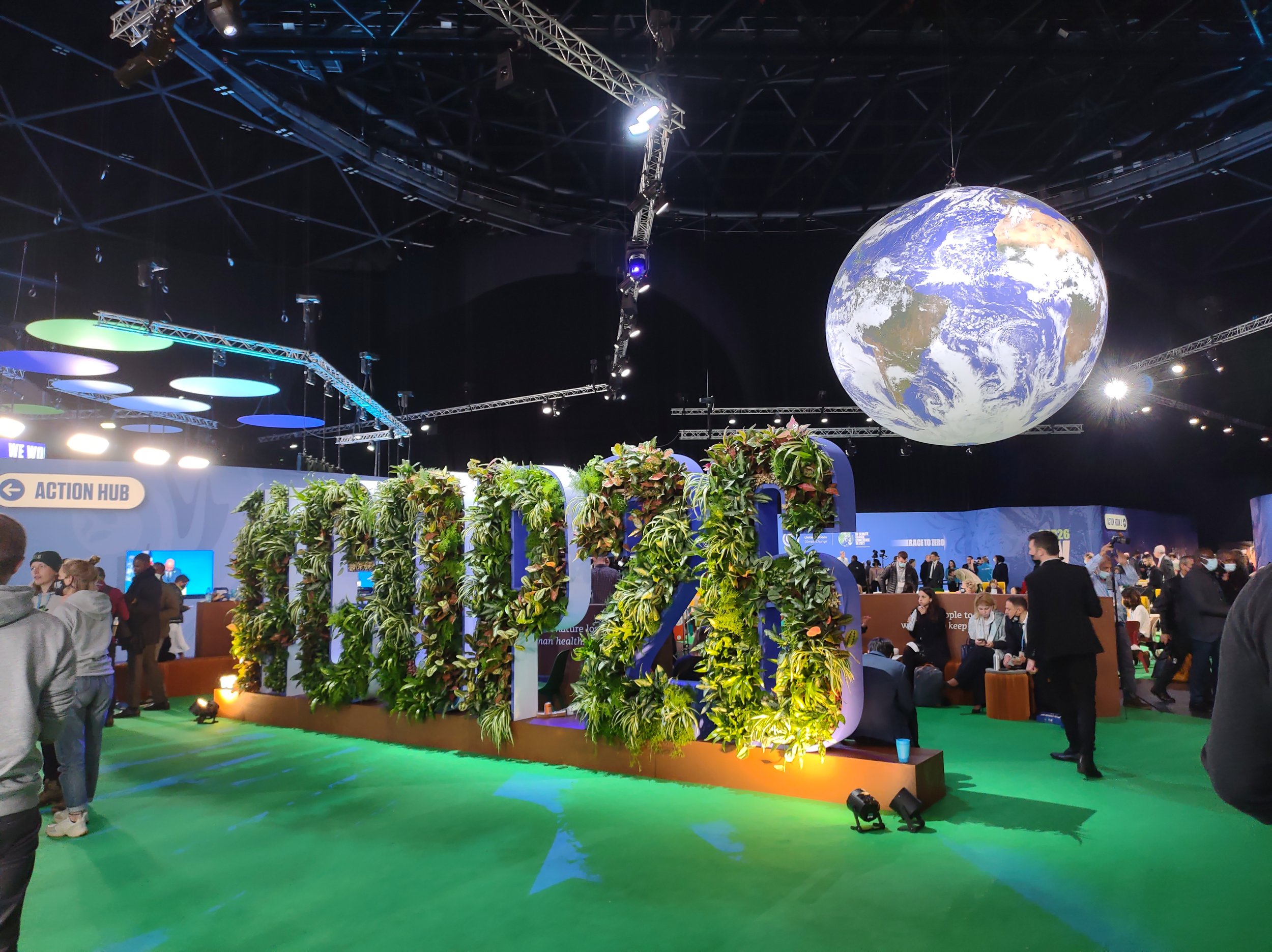It took a day longer than expected for the COP26 stakeholders to agree on the content of the Glasgow Climate Pact, continuing the Paris Agreements light efforts to stay on a 1.5°C trajectory and trying to finally agree on Article 6 (finance). To guarantee a successful outcome; the most powerful Parties* and their lobbies would have had to be less vindictive in holding back the efforts of the most vulnerable countries to make their voices heard. During the long hours of negotiations, in a privileged context where observers and stakeholders from the civil society were denied entrance under the pretext of COVID measures, it was difficult to get the temperature of the room, and more over when our future is decided over discussing adding a comma or not in a sentence.
It is worth noting, however, that for the first time, a climate agreement explicitly mentions the reduction of coal use as fossil fuel (art. 36) even if after negotiations, the paragraph remains vague enough to not guarantee efficient actions if countries do not want to be proactive. What is considered “inefficient” fossil fuel subsidies and how to measure its efficiency effectively?
For the rest, the text as a whole is rather weak. There are many "notes" and "recognizes" with few constraints to reach the 1.5°C targets. The text is another step in the right direction, while for the first time youth was explicitly mentioned in such international topic but keeping the current trend is not enough and too slow to ensure a social, climate, economical justice and efficient climate adaptation and mitigation at the end of the decade as it is mentioned various times in the Glasgow Climate Pact.
It is important to note that the preamble mentions “the importance of ensuring the integrity of all ecosystems, including in forests, the ocean and the cryosphere, and the protection of biodiversity” and “Emphasizes the importance of protecting, conserving and restoring nature and ecosystems to achieve the Paris Agreement temperature goal, including through forests and other terrestrial and marine ecosystems acting as sinks and reservoirs of greenhouse gases and by protecting biodiversity, while ensuring social and environmental safeguards”. However, Nature and Biodiversity are not only climate tools. They should not be seen that way in climate spaces. Climate change is one of the 5 direct drivers of Biodiversity Loss according to IPBES and reducing nature to carbon sinks is misleading. This is indeed one of the main red flags when it comes to Nature-based solutions, a concept that was highly discussed and will continue to be in these spaces. The lack of strong safeguards and indicators give the floor free for greenwashing coming from governments, private sectors and big institutions and organizations.
In conclusion, it is interesting to note that all Parties were not denying climate change adaptation and mitigation urgent needs. However, their actions, beginning with the Glasgow Climate Pact, look disappointing with a strong lack of ambitions, inclusion, and long term vision that will be harmful as always for the most vulnerable countries and populations, including IPLCs, women, Youth etc.
*Parties = Countries as members of the UNFCCC in this context
Written and submitted by the Y4N Policy Taskforce on behalf of Youth4Nature.

